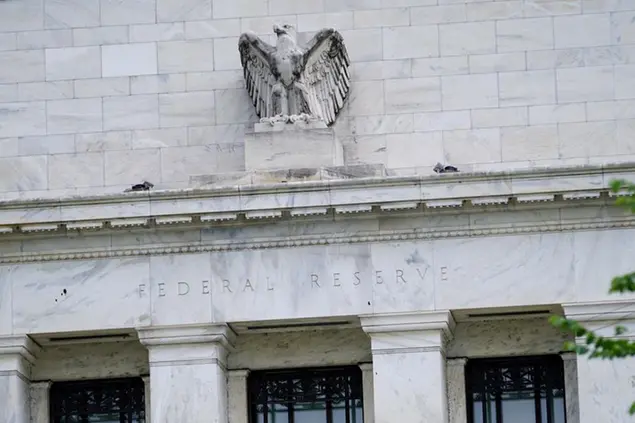PHOTO
Federal Reserve policymakers on Friday got fresh confirmation that inflation is continuing to ease, opening the way for a first interest rate reduction next month as they shift their focus to preventing further cooling in the labor market.
The personal consumption expenditures (PCE) price index rose 2.5% from a year earlier in July, the Commerce Department reported, matching June's gain. Over the most recent three months, the annualized reading on the Fed's preferred gauge of inflation is well below its 2% goal.
The latest inflation reading was a slightly better showing than had been generally anticipated when Fed Chair Jerome Powell said last week that "the time has come" to cut rates, after a battle with decades-high inflation that saw the U.S. central bank raising rates aggressively in 2022 and 2023. It has kept its policy rate in the 5.25%-5.50% range since last July.
"The recent price trends confirm that the end of the Fed's inflation fight is coming into view," assuring a rate cut at the Sept. 17-18 policy meeting, Ben Ayers, senior economist at Nationwide, wrote. "The further cooling of inflation could give the Fed leeway to be more aggressive with rate declines at coming meetings, especially if the labor market shows a steep deterioration."
After the release of the report, which also showed consumer spending rising solidly, traders added slightly to bets that the Fed will stick to a quarter-percentage-point reduction at first, but deliver a bigger half-percentage-point cut at a later meeting. They continue to see the Fed cutting rates by a full percentage point by the end of this year.
The unemployment rate has risen nearly a full percentage point, to 4.3%, since the Fed stopped raising rates a little more than a year ago. That is still low by historical standards but enough for Powell to declare that the Fed would not welcome any further weakening.
The focus of investors as well as the Fed now turns to a run of key data next week, including the release next Friday of the U.S. government's employment report from August.
Other data will include the publication of anecdotes from surveys and interviews conducted across the nation in what is known as the Fed's "Beige Book," which central bank policymakers say gives a more up-to-date view on how the economy is doing.
(Reporting by Ann Saphir Editing by Ros Russell and Paul Simao)
